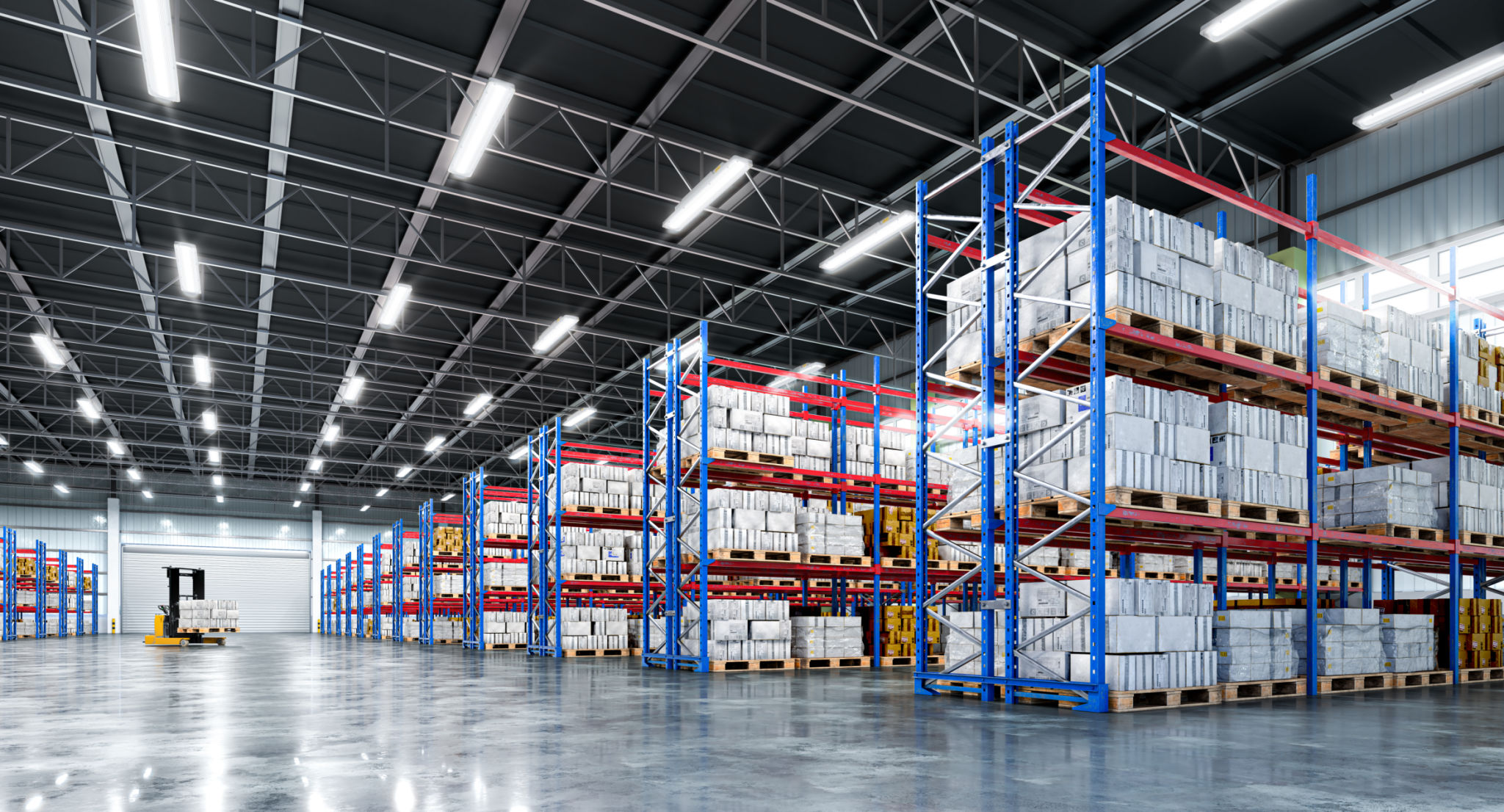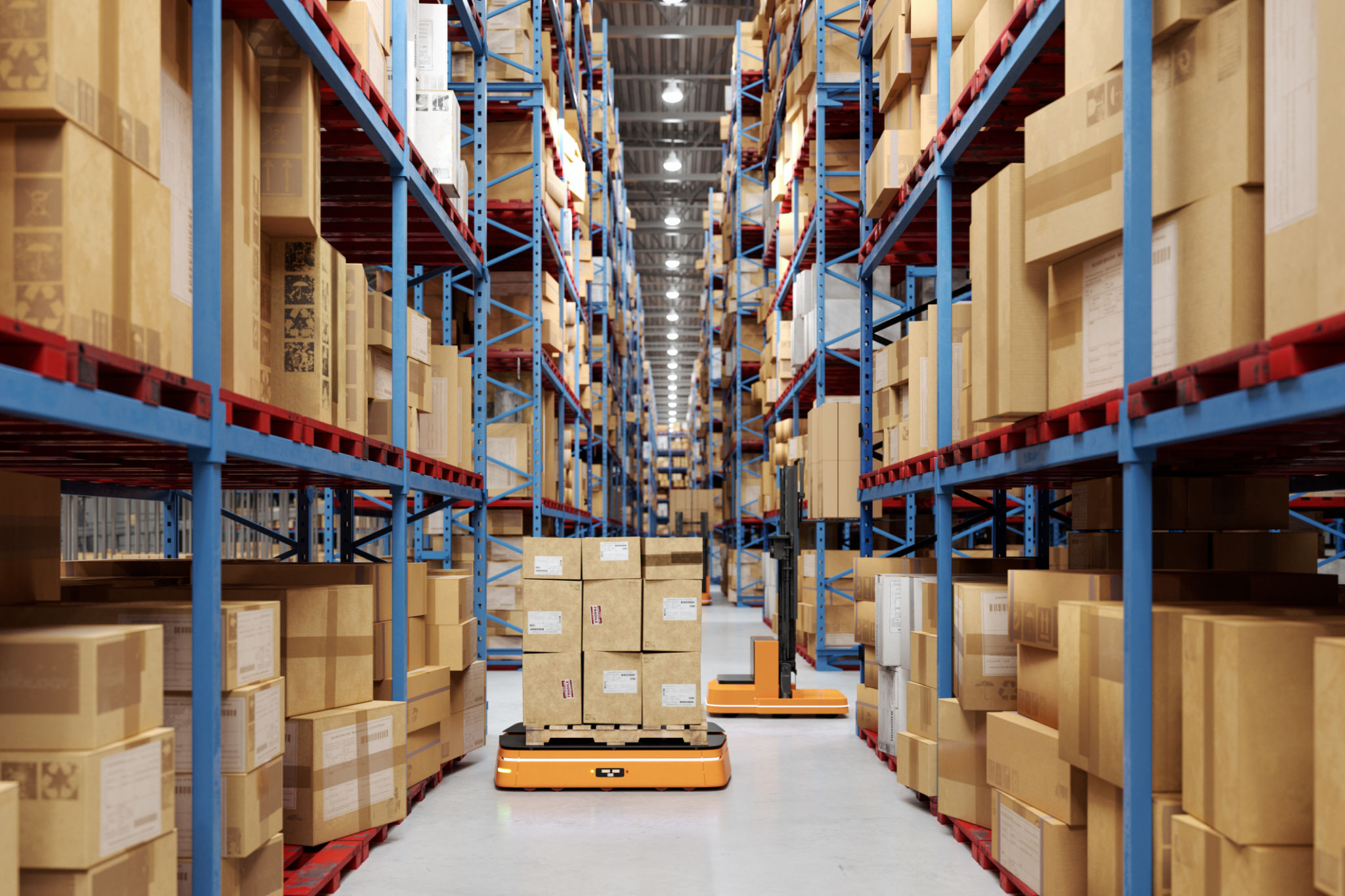Common Myths About Warehousing That Could Cost You
Understanding the Reality of Warehousing
Warehousing is a critical component of the supply chain, yet there are many misconceptions about how it operates. Believing these myths can lead to costly mistakes for businesses. In this post, we debunk some common myths to help you make more informed decisions.

Myth 1: Warehousing Is Just About Storage
Many believe that warehousing is simply about storing products until they are needed. While storage is a fundamental function, modern warehousing encompasses much more, including inventory management, order fulfillment, and distribution. Effective warehousing ensures that products move smoothly and efficiently through the supply chain.
Today’s warehouses use advanced technology like automated systems and data analytics to optimize operations. This integration allows for real-time tracking and enhances productivity, ultimately reducing costs and improving service levels.
Myth 2: Bigger Warehouses Are Always Better
It’s easy to assume that a larger warehouse equates to better efficiency and capacity. However, a bigger facility often means higher overhead costs, such as increased utilities and staffing. The key is to find a warehouse that matches your specific business needs, considering factors like location, accessibility, and flexibility.

Smaller, strategically located warehouses can offer significant advantages, particularly for businesses focusing on regional distribution. They can reduce transportation times and costs, offering a more agile response to market demands.
Myth 3: All Warehouses Are the Same
The notion that all warehouses operate similarly is a misconception. Warehouses can vary significantly based on the type of products they handle, the services they offer, and the technology they use. Some specialize in cold storage for perishable goods, while others may focus on e-commerce fulfillment.
Choosing the right type of warehouse is crucial for ensuring that your products are stored and handled properly. This choice can affect everything from product quality to delivery times.

Myth 4: Warehousing Is Not Affected by E-commerce Growth
With the explosion of e-commerce, warehousing has become more critical than ever. The demand for faster delivery and efficient returns processing has transformed warehousing practices. Companies now invest in technology and systems that support high-volume, rapid order fulfillment.
Ignoring these changes can leave businesses lagging behind competitors who have adapted to the new landscape. Embracing e-commerce trends in warehousing can lead to improved customer satisfaction and increased profitability.
Conclusion: Navigating the Warehousing Landscape
Understanding the realities of warehousing can significantly impact your business operations and bottom line. By dispelling these myths, you can make more informed decisions that align with your business goals and market demands. Always stay informed and consider the specific needs of your business when assessing warehousing solutions.
